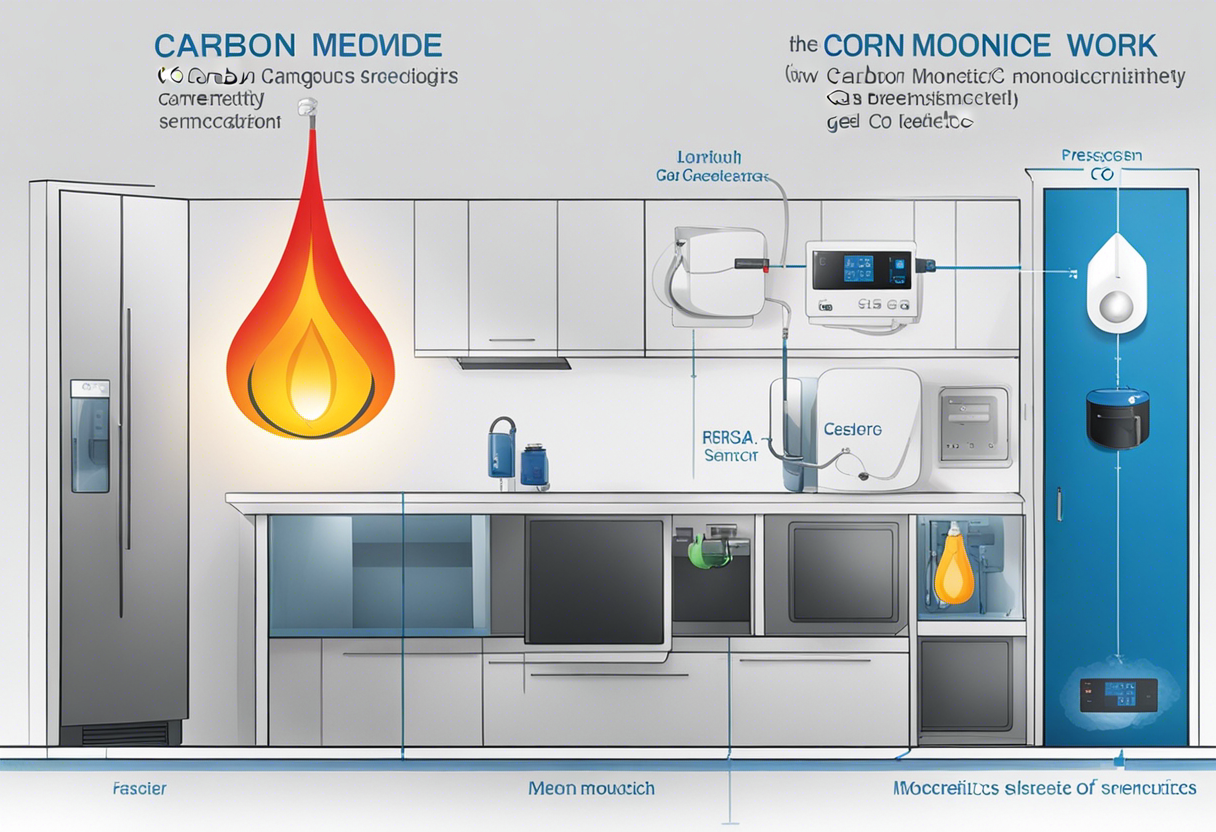Five Essential Facts You Need to Know About Carbon Monoxide Detectors
To understand the necessity of carbon monoxide detectors, it's important to comprehend the potentially perilous effects of carbon monoxide (CO) itself. CO is a colorless and odorless gas produced during the combustion of fuels. Because of its stealthy characteristics, it's often dubbed the "silent killer", causing numerous fatalities globally each year. These tragedies often result from inhalation of fumes from faulty heaters, stoves, or fireplaces within the home.
Having a CO detector serves as a critical line of defense, alerting homeowners when dangerous levels of the gas are present. Given that CO is virtually undetectable by human senses, detectors become a necessary tool to maintain safety. Fortunately, these devices are readily available and easy to install. However, simply having one isn’t enough – understanding their operation, limitations, as well as maintenance and replacement needs are equally important aspects that every user must know about.
How Carbon Monoxide Detectors Work

CO detectors sound an alarm when they identify a dangerous concentration of the gas, providing individuals with the potential to escape before harmful exposure. The detection mechanism can be based on biomimetic, electrochemical, or semiconductor technology. Biomimetic sensors feature a gel that changes color in the presence of CO, triggering an alarm. Electrochemical sensors operate in a battery-like way, with the CO-induced chemical reaction producing electricity that activates the alarm. Conversely, semiconductor sensors leverage a tin dioxide sensor, which changes its electrical resistance in the presence of CO, sounding the alarm.